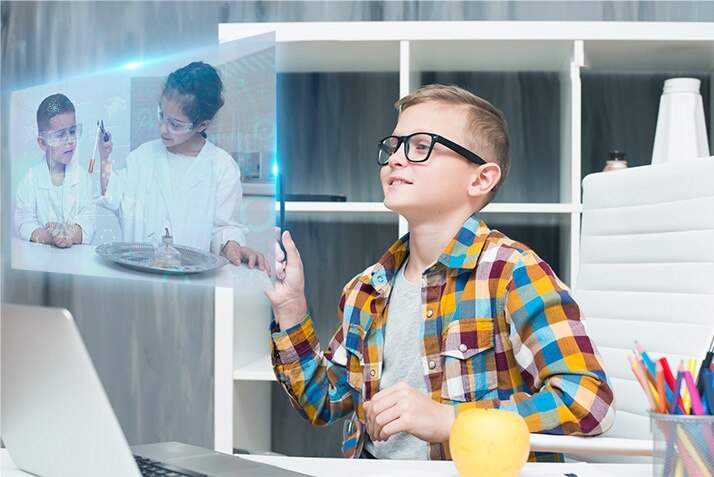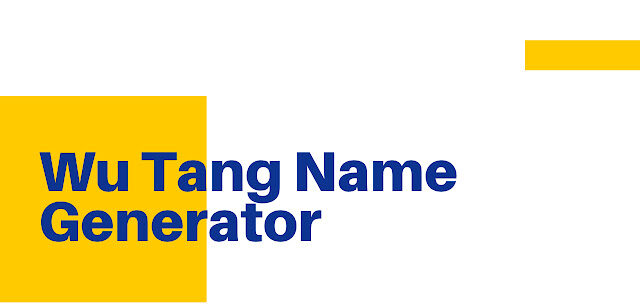Harnessing Technology for Enhanced Educational Experiences
Table of Contents
- The Evolution of Education through IT
- Addressing the Digital Divide
- Interactive Learning Environments
- Cloud Computing in Education
- Data-Driven Decisions in Education
- Cybersecurity and Protecting Student Information
- Building Future-Ready Skills with IT
- Teacher Empowerment Through Professional Development
- The Global Classroom
Key Takeaways
- Recognizing the significant role of IT in personalizing and enhancing education.
- Identifying effective strategies to achieve equitable access to technology for all students.
- Assessing the impact of immersive and interactive technology in shaping educational outcomes.
- Understanding the critical importance of cybersecurity measures to protect educational data.
The Evolution of Education through IT
Fusing information technology with educational methodologies has spurred a renaissance in the historical learning journey. It has revolutionized how academic content is created, distributed, and consumed. Students can now access digital libraries, online tutorials, and interactive coursework. The rapid pace of technological development has augmented traditional teaching methods and catalyzed the emergence of new pedagogical philosophies that emphasize personalized and experiential learning.
Addressing the Digital Divide
To fully leverage the benefits of educational technology, it’s crucial to tackle the issue of unequal access, often called the digital divide. Students in underserved communities frequently face a shortage of digital tools and internet access, restricting their learning opportunities. Finding innovative education IT solutions is essential. It includes providing low-cost devices and ensuring internet connectivity through public-private partnerships. Additionally, adopting educational software that’s accessible and user-friendly can play a significant role. Schools and governments know this divide as a substantial hurdle to equal education. They are proactively working to overcome it, aiming to democratize access to technological resources for all students.
Interactive Learning Environments
The education landscape is continuously evolving, with new approaches to learning emerging rapidly. One of the most exciting developments is the integration of interactive elements into the curriculum. Virtual labs, digital simulations, and game-based learning are examples of these engaging platforms transforming how students acquire knowledge.
These interactive tools create a dynamic and immersive learning environment by allowing learners to visualize complex scientific concepts, participate in historical events, and explore mathematical theories through hands-on experiences. With the ability to engage students in ways traditional methods cannot, they are opening up new possibilities for education and making learning more accessible and enjoyable for all.
Cloud Computing in Education
Cloud services have opened up collaboration and information-sharing opportunities, irrespective of geographical barriers and time constraints. With the help of educational management systems and cloud storage tools, collaborating on projects and sharing ideas has become easier than ever. Teachers can easily monitor student progress and tailor teaching methods to meet individual needs for a more personalized education.
Data-Driven Decisions in Education
In today’s world, advanced technologies have transformed how education is imparted to students. These technologies provide educators with vast data that can be analyzed to improve teaching practices and personalize learning plans. By examining the students’ interactions with digital textbooks, online assessments, and learning platforms, educators can identify the areas where students require attention and support, leading to better academic performance.
However, with the ease of data collection, it is equally important to prioritize the ethical dimensions of data analysis. Educators must ensure that student privacy and responsible use of information are upheld while collecting and analyzing data. Educators must be mindful of the type of data they collect and how it is used. They must also comply with the relevant data protection regulations to ensure the data collected is used ethically and responsibly.
Cybersecurity and Protecting Student Information
In today’s digital era, educational institutions face a significant challenge in protecting their online data, including student information and educational content, from unauthorized access and cyber-attacks. Schools must implement strict cybersecurity protocols and regularly update security measures to prevent such incidents. Additionally, it is crucial to educate students and staff about digital hygiene, which refers to safe and responsible practices in the digital space.
Building Future-Ready Skills with IT
Educational institutions are in a position to provide an unparalleled learning experience by connecting classroom education with practical application. Integrating technology into the curriculum enables students to acquire the necessary skills to thrive in the workforce. Competencies like digital literacy, collaboration, and adaptability have become increasingly vital in preparing learners for rapidly evolving and unpredictable careers that may still need to be created. By cultivating these skills, educational institutions help students develop resilience and flexibility to tackle future challenges and foster a growth mindset that enables them to continue learning.
Teacher Empowerment Through Professional Development
Teachers must receive ongoing professional development to ensure that educational technology is used effectively in the classroom. It includes regular training and support to deepen their understanding of how to utilize technology in the most effective way possible. By investing in the growth and development of teachers, educational institutions can expect to see improved academic outcomes as empowered teachers become champions for innovation and change agents in the learning process. Through continuous learning and development, teachers can enhance their skills and better equip their students with the best possible education.
The Global Classroom
The concept of a global classroom has been made possible through technological advancements. Video conferencing platforms, online cultural exchange programs, and collaborative international projects underpin the creation of a more interconnected and culturally aware student body. This international dimension of education encourages cross-cultural dialogue and understanding, preparing students to operate in a global environment characterized by diversity and interdependence.
Integrating IT solutions within education is crucial in shaping a future that values knowledge, innovation, and inclusivity. By reflecting on how technology can enhance learning experiences, educators can chart new pathways that prepare students for academic success and meaningful participation in the world at large. The synergy between technology and education holds boundless potential to empower the next generation of learners and leaders.







